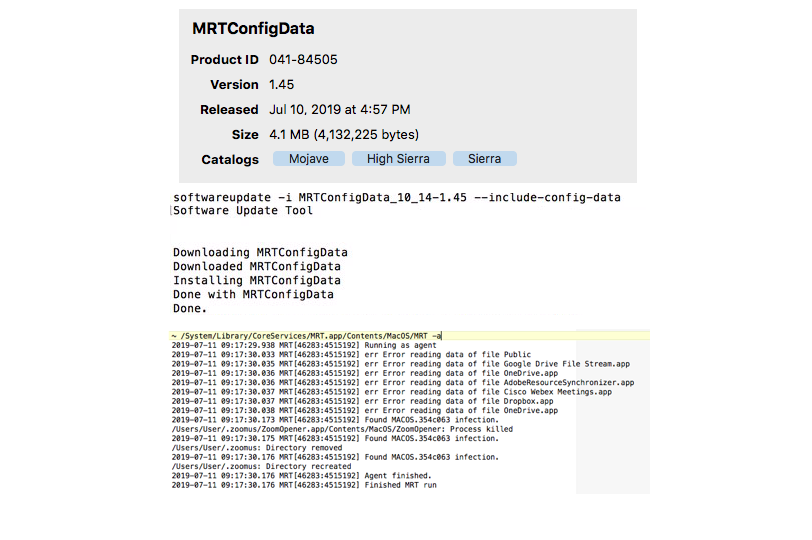


#Apple malware removal cnet software
The term computer Malware is used for a program which has infected some executable software and which causes that software, when run, to spread the Malware to other executable software. The best-known types of malware, Malwarees and worms, are known for the manner in which they spread, rather than any other particular behavior. Preliminary results from Symantec published in 2008 suggested that "the release rate of malicious code and other unwanted programs may be exceeding that of legitimate software applications."According to F-Secure, "As much malware produced in 2007 as in the previous 20 years altogether."Malware's most common pathway from criminals to users is through the Internet, by email and the World Wide Web. Malware is not the same as defective software, that is, software which has a legitimate purpose but contains harmful bugs. In law, malware is sometimes known as a computer contaminant, for instance in the legal codes of several American states, including California and West Virginia Malware includes computer viruses, worms, trojan horses, most rootkits, spyware, dishonest adware, crimeware and other malicious and unwanted software. Software is considered malware based on the perceived intent of the creator rather than any particular features. Many computer users are unfamiliar with the term, and often use "computer virus" for all types of malware, including true viruses.

The expression is a general term used by computer professionals to mean a variety of forms of hostile, intrusive, or annoying software or program code. Malware a portmanteau from the words malicious and software, is software designed to infiltrate or damage a computer system without the owner's informed consent.


 0 kommentar(er)
0 kommentar(er)
